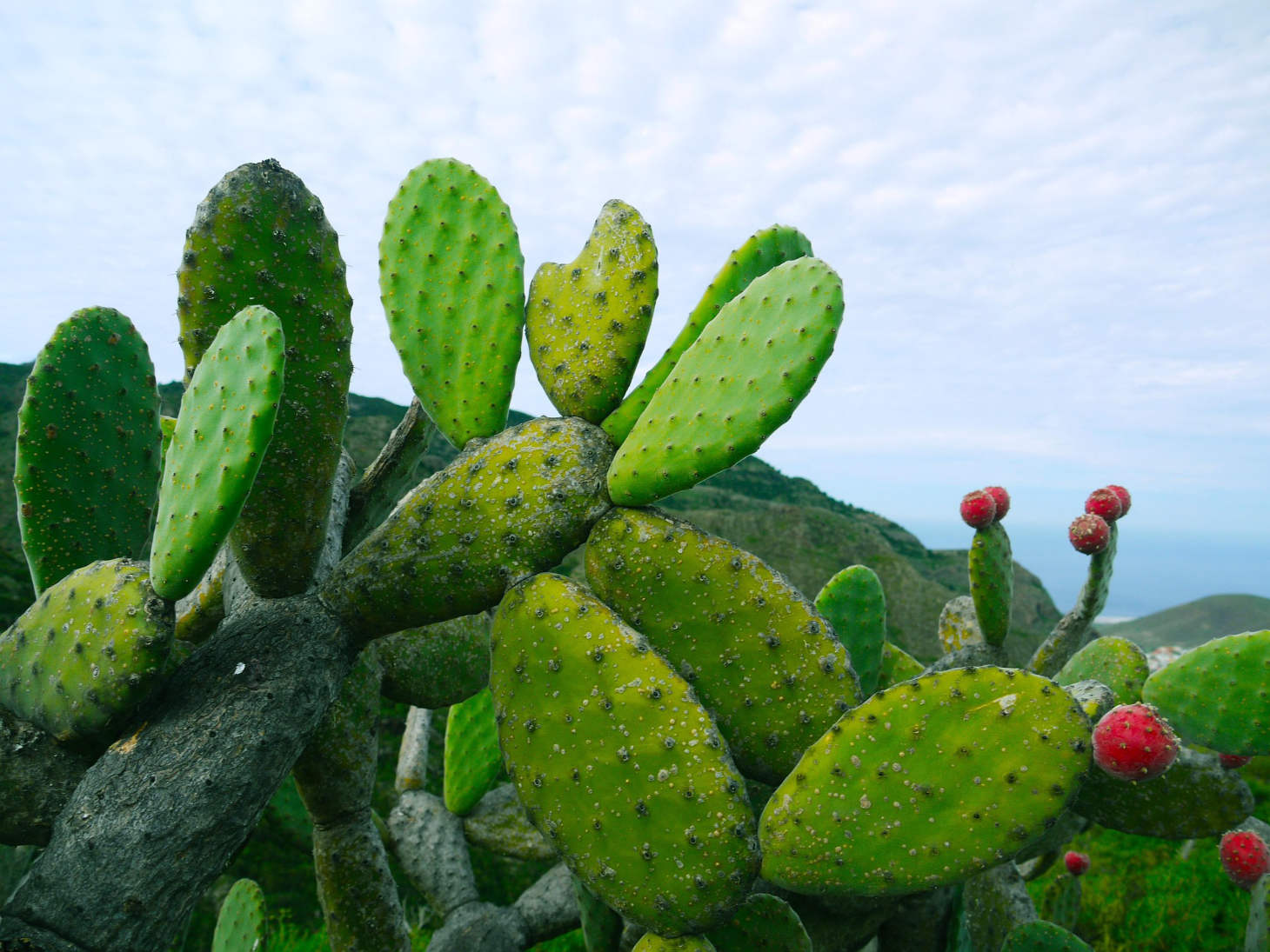Cactus Leaves: Structure and Function
Have you ever noticed those flat, green pads on prickly pear cacti? These aren’t actually leaves, but modified stems called nopales that are both edible and nutritious. Nopales are a traditional ingredient in Mexican cuisine and offer a unique flavor that’s often described as similar to green beans with a slightly tart, lemony taste.
Nopales contain vitamins, minerals, and fiber that make them a healthy addition to your diet. Before cooking, you’ll need to carefully clean them by removing the thorns and spines. Some people recommend wearing gloves for this process. Once prepared, these versatile cactus pads can be grilled, boiled, or added raw to salads.

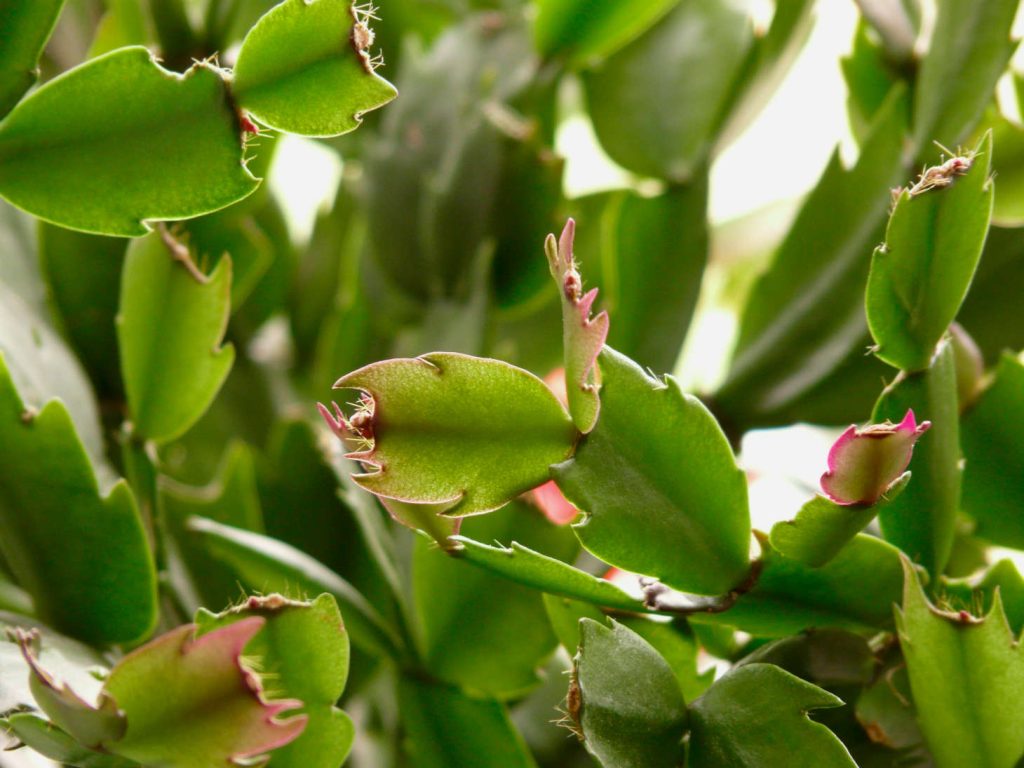
If you’re growing a Christmas cactus at home, you might notice its leaf-like segments are quite different from prickly pear pads. These segments can sometimes break off, but don’t worry, they can often be propagated into new plants, making them resilient houseplants that can thrive for years.
Key Takeaways
- Nopales are edible cactus pads with a unique flavor and impressive nutritional profile including vitamins and fiber.
- You need to clean cactus pads thoroughly to remove thorns before cooking them in various dishes like salads and grilled preparations.
- Different cactus varieties have different types of segments or “leaves” with varying uses in cooking, decoration, and propagation.
The Botanical Profile of Cactus Leaves

Most cacti have evolved to minimize traditional leaves, replacing them with modified stems that perform photosynthesis. The structure and presence of leaves vary greatly among cactus species, with some developing temporary leaves while others have none at all.
Species Variance and Prickly Pear Cactus
The prickly pear cactus (Opuntia) stands out among cacti because it produces flat, paddle-shaped structures called cladodes or nopales that function like leaves. These aren’t true leaves but modified stem segments that contain chlorophyll for photosynthesis.
Young prickly pear plants may produce small, temporary true leaves that fall off as the plant matures. The cladodes are protected by a thick, waxy cuticle that helps prevent water loss in dry environments.
Nopales are edible and commonly used in Mexican cuisine. They contain stomata (tiny pores) that allow for gas exchange while minimizing water loss.
Nutritional Composition of Cactus Leaves
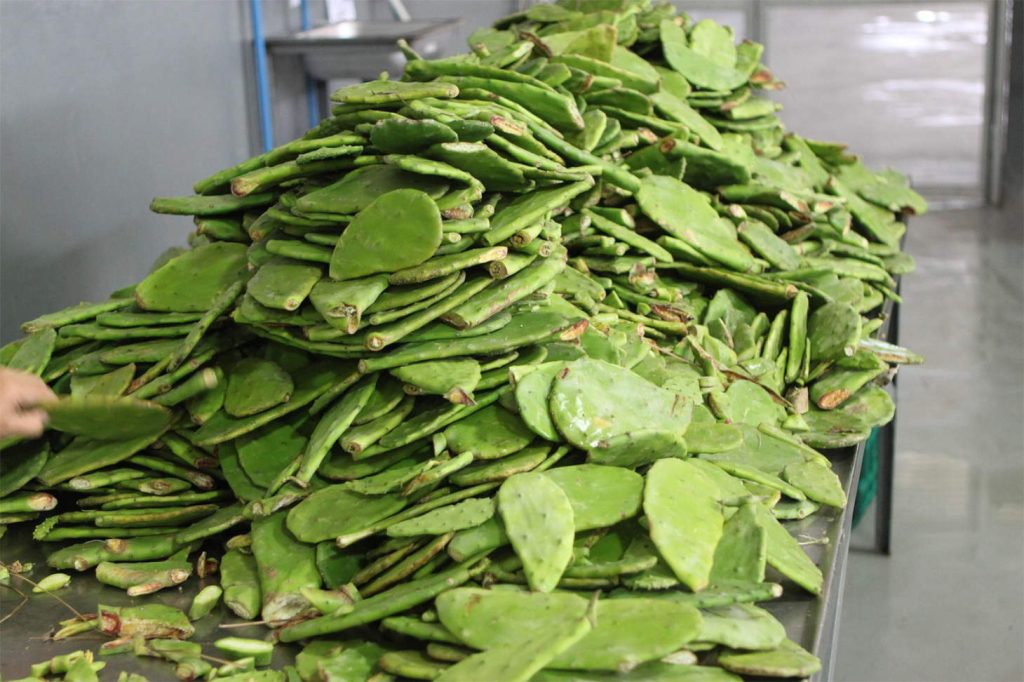
Cactus leaves, also known as nopales, are surprisingly nutritious despite their low calorie content. These desert plants pack a variety of essential nutrients while containing minimal fat.
Vitamins and Antioxidants Content
Cactus leaves are excellent sources of vitamin A, with approximately 20 micrograms per serving. This vitamin plays a crucial role in supporting your eye health and immune system.
Nopales also contain significant amounts of vitamin C, which works as a powerful antioxidant in your body. These antioxidants help protect your cells from damage caused by free radicals.
The antioxidant content in cactus leaves goes beyond vitamins, including compounds that may help reduce inflammation. These bioactive elements contribute to the overall health benefits associated with consuming nopales.
Fresh cactus leaves also provide small amounts of B vitamins that help your body convert food into energy.
Minerals: Calcium and Iron Abundance

Calcium stands out as one of the primary minerals found in cactus leaves. Adding nopales to your diet can supplement your calcium intake, supporting bone health and proper muscle function.
Iron content in cactus leaves, while not as high as calcium, still contributes to your daily requirements. This mineral is essential for oxygen transport throughout your body and helps prevent fatigue.
Cactus leaves also contain other important minerals such as potassium and magnesium. These elements work together to regulate blood pressure and support proper nerve function.
The mineral profile of nopales is complemented by their high fiber content—about 2.2 grams per 100 grams serving. This fiber helps you feel full longer and supports healthy digestion.
Culinary Uses of Cactus Leaves
Cactus leaves, also known as nopales or cactus paddles, are versatile ingredients that add unique flavor and texture to many dishes. They have a mild, grassy taste similar to asparagus and can be prepared in several ways for culinary use.
Integrating into Salads and Other Dishes
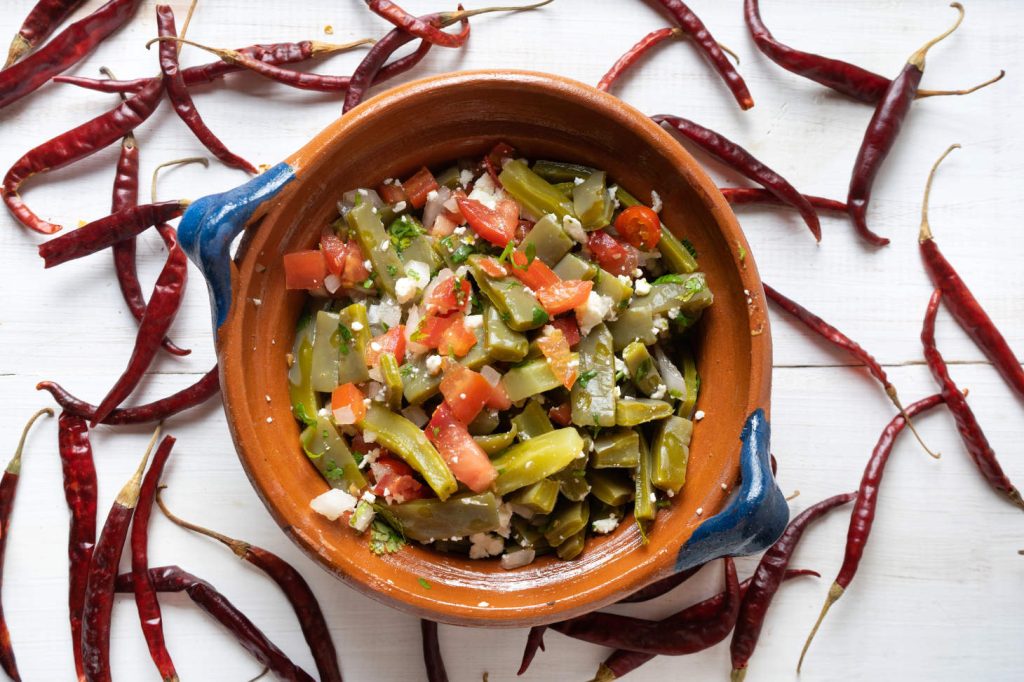
Before cooking with cactus leaves, you’ll need to clean them properly by removing the spines and cutting them into squares or rectangles. This preparation makes them perfect for adding to salads, where their crisp texture shines. You can grill the paddles whole for a smoky flavor or dice them for inclusion in fresh salads.
Nopales aren’t limited to salads, though. You can incorporate them into soups, stews, omelets, and casseroles for added nutrition. They’re also excellent in traditional dishes like tortillas and breakfast preparations.
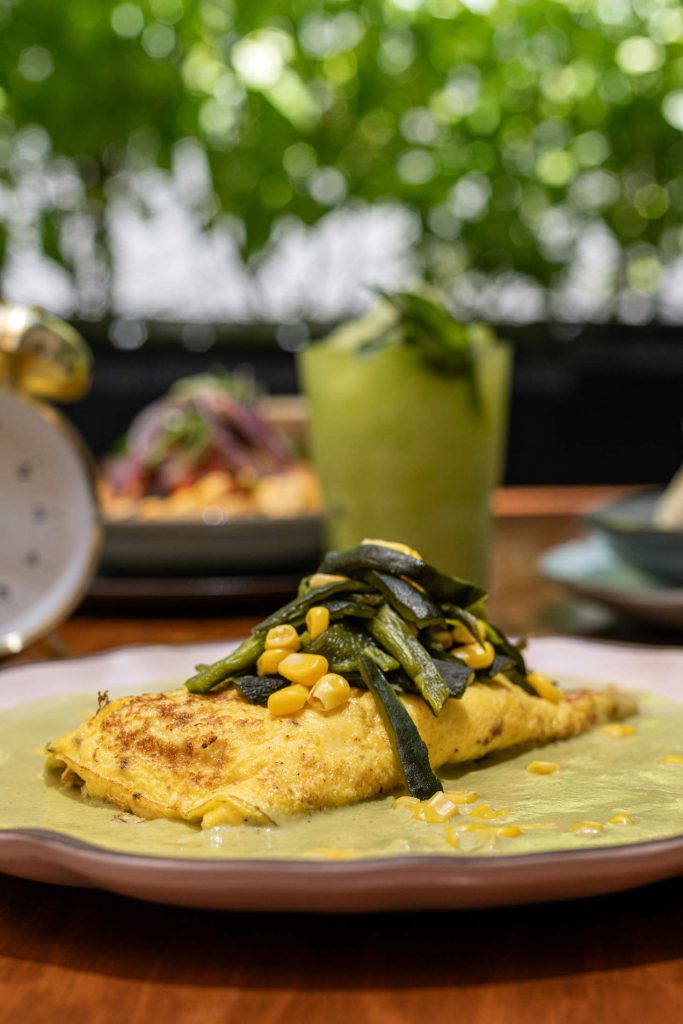
When grilled, cactus leaves develop a pleasant charred flavor while maintaining their unique texture. Their versatility makes them suitable for both simple side dishes and complex main courses.
For a quick meal, try sautéing diced nopales with onions and spices. This makes a nutritious addition to eggs or as a taco filling.

